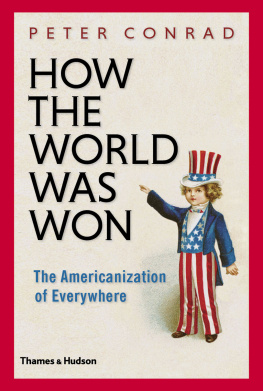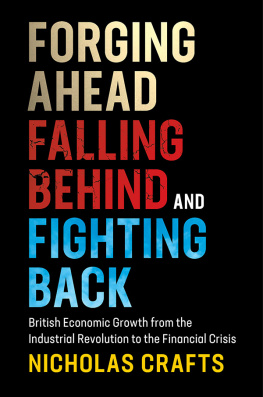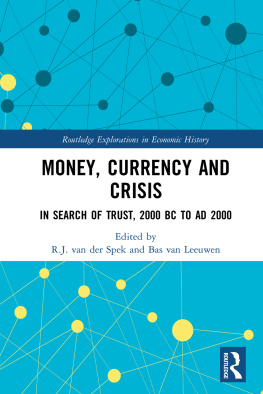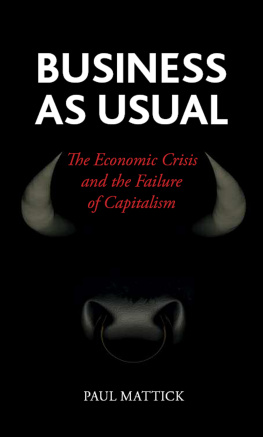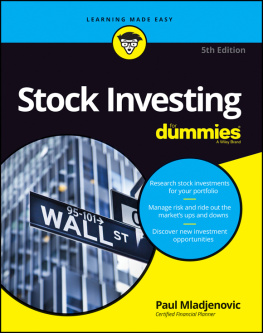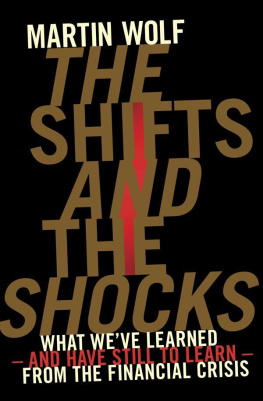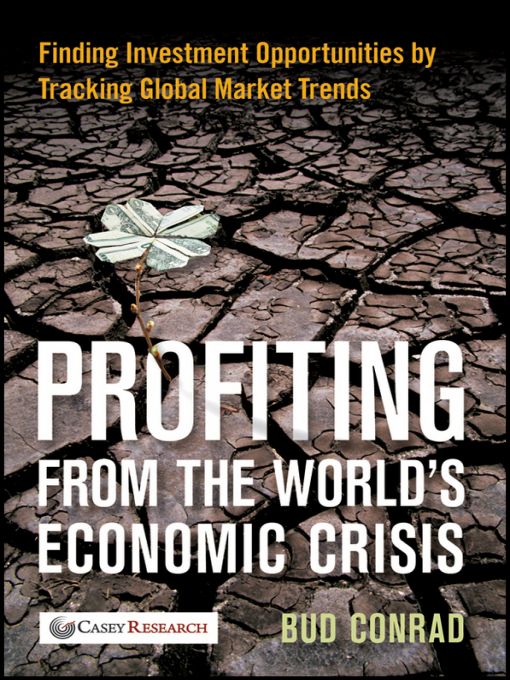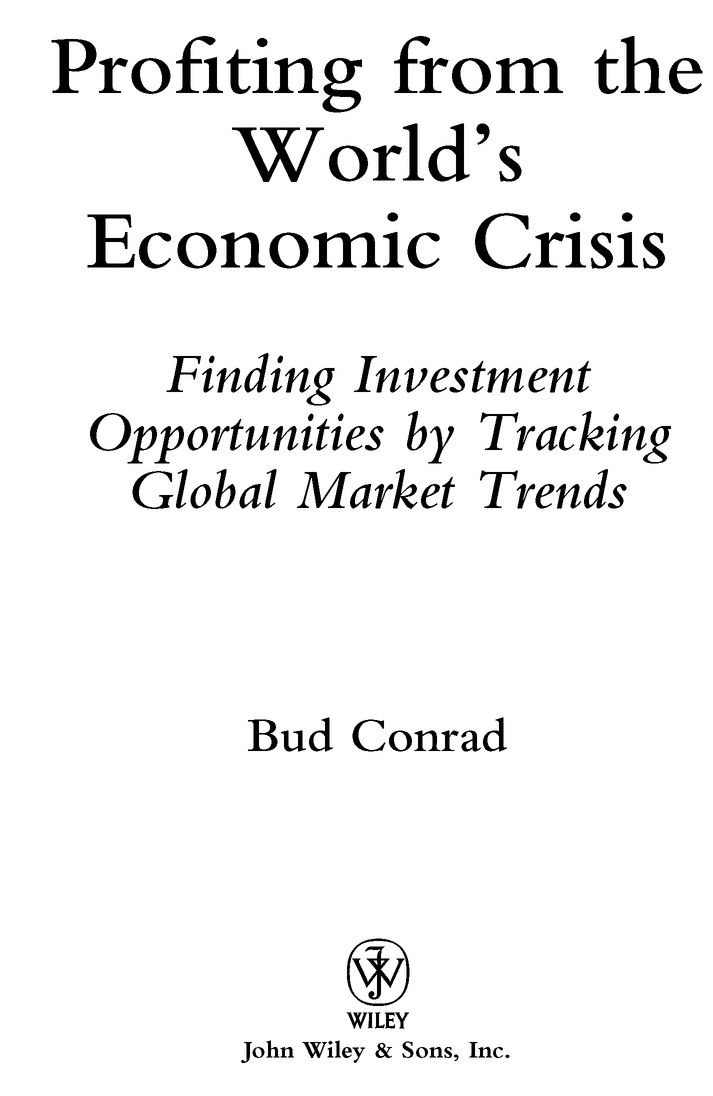Table of Contents
Table of Figures
List of Tables
To my children Darlene Friedley and Daniel Conrad.
Acknowledgments
First and foremost, I wish to thank my friend and mentor, David alland, who encouraged me to develop my ideas in publishing newsletters for Casey Research. He has honored me by calling our work a partnership. While I tend to think in arcane economic and engineering channels, he is able to bring material to a much more understandable level for the public. The chapters of this book are more valuable as they are made more understandable by his contribution in forming the final written page. I encourage readers to check out our offerings and extensive ongoing free material at www.caseyresearch.com.
I also want to thank Doug Casey who liked my charts at one of the big conferences and brought me into his then expanding organization of newsletters and financial services. Olivier Garret, CEO, gave me encouragement when needed. I cant say enough for the hardworking professional and support people around the globe of our organization.
I want to especially thank many readers of my articles and people who have heard my talks and debated the scenarios to bolster the important conclusion about where our system is going. Ruth Mills, crash-integrated these many interconnected and supportive analyses into this cohesive explanation of our economic system, and without her support the book wouldnt have come together. I was helped greatly in the early stages of editing by Richard Scheck, and one complicated chapter by Doug Hornig who also provided encouragement.
I also want to thank family and friends including my daughter Darlene Friedley who hasnt seen much of me for a year, and my son Daniel Conrad who took time from his challenging responsibilities at Google to mentor me and build the basic structures of the book with a white-board. Also, thanks to my significant other who encouraged me regularly, Phoebe Newlove. Bruce Janigian gave me early advice and Bob Dickey encouraged me as he has for most of my lifetime.
Introduction
The global financial collapse will affect all your investments, and you need protection.
That, in a nutshell, is what this book is about. This book will help you understand the forces behind the global financial collapse, how our government leaders helped create this new reality, and how you can comprehend the current market forces so you can make better investment decisions beyond the recommendations of traditional Wall Street advisors.
This book explains the big-picture forces that will drive paper currencies to ruin. The train is already on the track, steaming toward a bridge that is out, and the U.S. dollarwhich has been the bedrock of the worlds currenciesis the train that will crash into the canyon of no confidence in our lifetime.
My goal in this book is to explain how this catastrophe will unfold, as it destroys wealth around the world for those who believe their governments when they say that the situation is at a bottom or showing green shoots of recovery. Believing such comforting lies will lead to destruction of your personal wealth.
In contrast, understanding and protecting yourself with reasonable measures will lead you to financial survival. Being ahead of the curve, and armed with the insights of this book, can lead to big personal profits. Heres why you need to read this book:
To understand why inflation is coming!
To learn how to identify the best investment sectorsand why this is more important than simply picking individual stocks.
To understand how we got here, to see where we are going, and to invest wisely.
To see how a system model, that emphasizes the cycles caused by feedback, gives better predictions than steady-state equilibrium models used by economists.
To learn how to review charts and know where data can be found for predicting the big trends and making investments.
To understand how the historical experiences of the Great Depression, Japan after 1990, and Germany confirm the parallels and differences to todays crisis.
And to get my reasons for investment recommendations for today: gold, oil, higher interest rates, energy, food.

As an economist with both an MBA from Harvard and a bachelors degree in electrical engineering from Yale, and as a successful investor for 25 years, Ive written this book by drawing on all aspects of my experience, education, and work. That includes my work as Chief Economist for Casey Research, which has produced valuable research and more than a dozen newsletters for investors for 30 years (including The Casey Report, Caseys Energy Opportunities, Caseys Gold and Resource Report, and Caseys International Speculatorsee www.caseyresearch.com for details on these and to avail yourself of the free information there including my favorite, the Daily Dispatch).
I emphasize data to confirm the realities, and I am specific about what to look at, so you can accurately measure what is driving our economy. Ive used my investment experience to develop models that you can use to predict specific measures to make successful investments. Because I have such a different approach, I was able to predict the current crisis back in 2006. And at the beginning of 2009 I predicted that gold would go to $1,150; that crude oil, then trading at $45, would go to $80; and that the 10-year Treasury would go from 2.2 percent to 4 percentall of which happenedalong with a number of other economic measures like the budget and trade deficit.

The key to the future is really quite simple: Paper money is a CONFIDENCE game that will end with your cash being worth only the paper it is printed on. This is the books fundamental thesis: that the paper dollar will collapse in my lifetime, eventually requiring the issuance of a new currency. The financial collapse we are now experiencing is far from over. It will become the largest financial crisis the United States has ever faced. Because the United States is at the center of the world economy, this crisis is affecting all nations. The imbalances are so big that there is no way to return to stability through normal means.
But a simpleminded, long-term projection is not adequate in the short term, because the swings up and down are big, and they get in the way of a straight slide to the bottom. It can be seen that governments, central banks, sophisticated investors, and psychology all take their turn at affecting the shorter-term ups and downs. All these need to be dealt with, and I offer a framework to interpret the world events as we ride this roller coaster of short-term fluctuations toward the longer-term destruction of the dollar itself.
The paper money systems of the world are not based on any promise of convertibility to any tangible commodity, like gold. Yet they have been used to define the value of everything we buy and sell. Without the limitation of redemption (in gold), governments can create wealth for themselves by paying new money to their special-interest supporters. When they do so, they decrease the wealth of others. Printing money does not change the value of the planet and the things in it. But the



